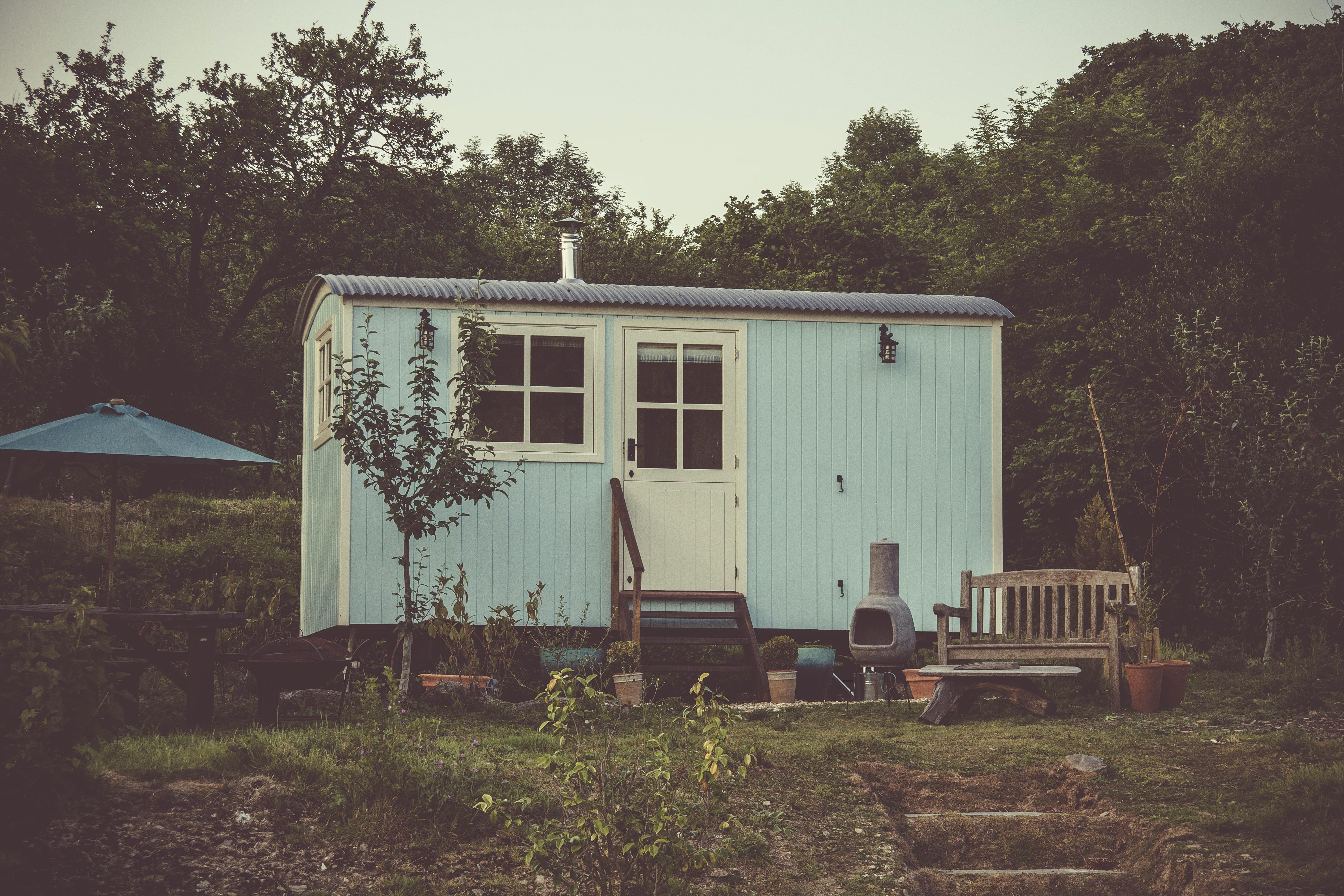Understanding the Tiny Homes Trend: A New Take on Real Estate Investment
Introduction: As the real estate landscape continues to evolve, one trend that has been making significant waves is the rise of tiny homes. This article aims to delve into the world of tiny homes, exploring its history, market trends, and its potential impacts on buyers, sellers, and investors alike.

A Brief History of Tiny Homes
The concept of tiny homes isn’t new. For centuries, people around the world have lived in small dwellings out of necessity or by choice. However, the modern tiny homes movement gained momentum in the early 2000s, driven by a desire for more affordable, sustainable, and simplified living.
Tiny Homes Market Trends
The tiny homes market has seen significant growth over the last decade. This trend is driven by various factors, including increasing housing prices, changing lifestyle preferences, and a growing awareness of environmental sustainability. As more people seek to downsize and live more sustainably, the demand for tiny homes is expected to continue to rise.
The Financial Perspective
From an investment standpoint, tiny homes offer several potential benefits. First, they typically require a smaller upfront investment than traditional homes. This can make them an attractive option for first-time buyers or those looking to diversify their investment portfolio. Additionally, tiny homes often have lower ongoing costs for maintenance, utilities, and property taxes.
Advantages and Challenges of Tiny Homes
While the tiny home trend offers several advantages, it’s not without its challenges. On the plus side, tiny homes promote a minimalist lifestyle, have a smaller environmental footprint, and can offer financial freedom. However, they also present challenges such as limited space, potential zoning issues, and a smaller pool of potential buyers or renters.
Impact on the Real Estate Landscape
The tiny home trend has the potential to significantly impact the real estate landscape. It’s reshaping the way we think about housing and challenging traditional notions of homeownership. As more people embrace this lifestyle, it could influence housing policies, market dynamics, and investment strategies.
As the real estate landscape continues to evolve, understanding emerging trends like the tiny homes movement is crucial. While this trend presents both opportunities and challenges, it’s clear that tiny homes are more than just a passing fad—they represent a shift in how we view housing, investment, and lifestyle. As we move forward, it will be interesting to see how this trend continues to unfold and shape the real estate market.





